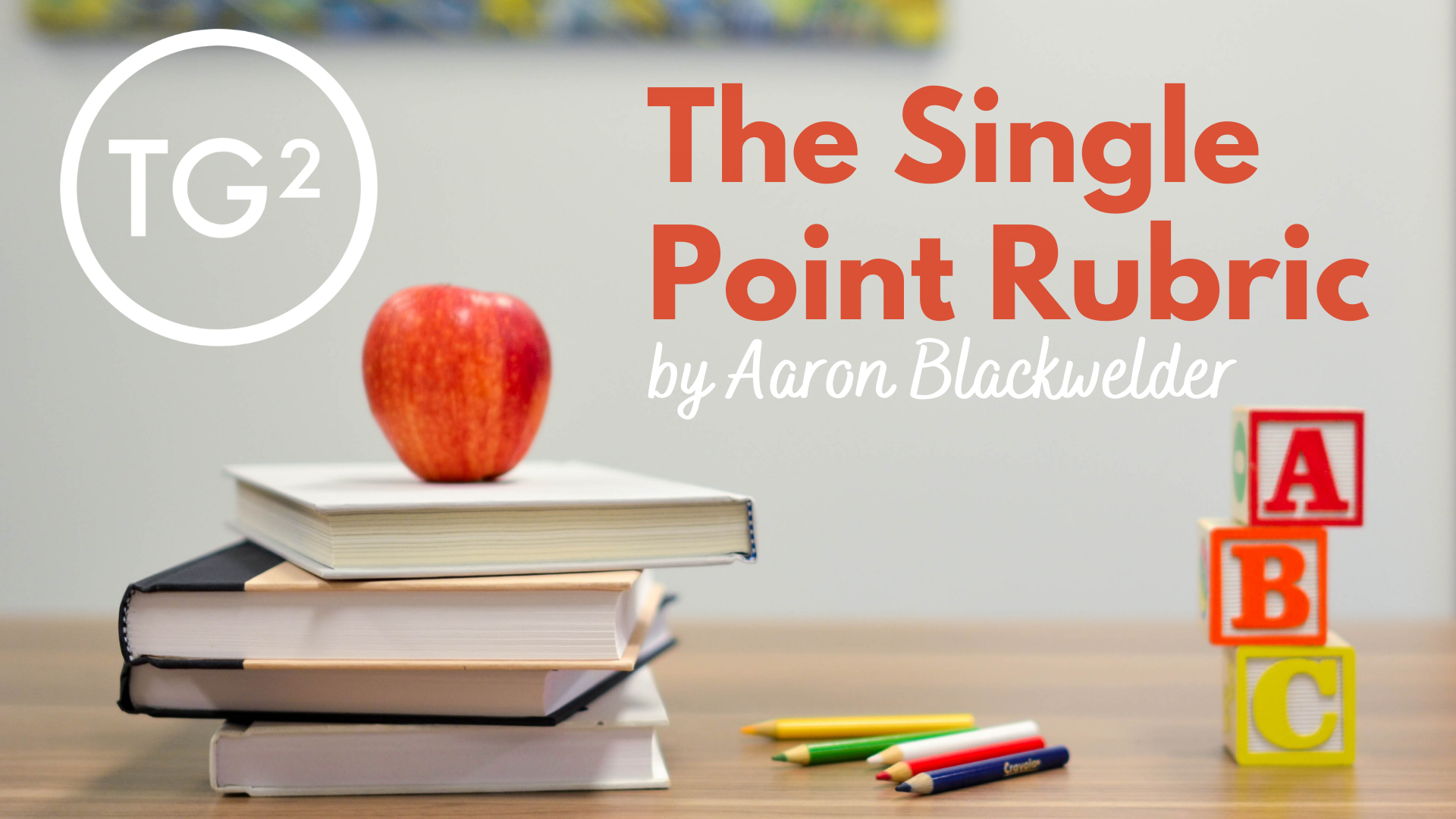Don’t Count Out the Single Point Rubric
Multi-point rubrics fail students because students learn to get the grade they want with minimum effort. They also discourage risk taking and hinder student agency. Chris Sarkonak explains how the single-point rubric puts students on equal footing, promotes agency, and boosts engagement.
My Rubric Rant
The goals for rubrics are laudable. Who can argue with more transparency, clarity, and uniformity in assessment? Joining a long line of critics of rubrics, Northwestern Computer Science professor, Christopher Riesbeck, shares the ways in which rubrics have failed him, and how a better approach is always less, not more.
Rubric Redesign
Author and consultant Lee Ann Jung explains why most rubrics need a “renovation,” shifting them from a focus on what's wrong to a growth-oriented conversation about what’s next. By scaffolding self-directed learning in this way, we encourage students to take ownership of their learning and engage in the learning process.
Grades Tarnish Teaching as Well as Learning
Education professor Paul Thomas shares why grades, tests, and rubrics detract significantly from effective teaching and actually create the problems many teachers seem to be inordinately worried about.
The Single-Point Rubric
Aaron Blackwelder describes how the single-point rubric has transformed his teaching. Read how, with a few alterations, this tool has allowed him to provide more thorough and meaningful gradeless feedback





